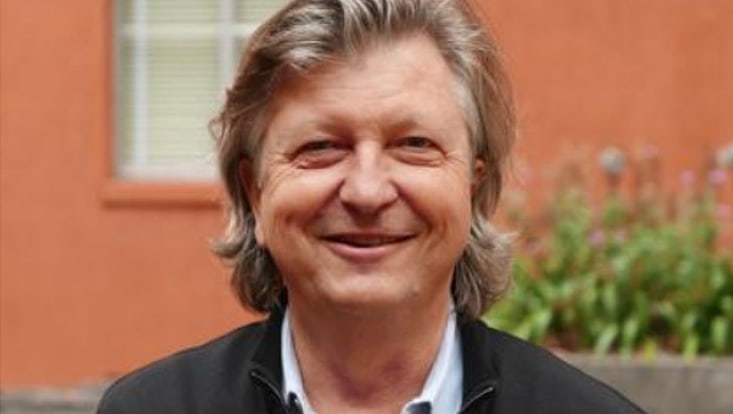Prof. Dr. Niklaus Largier

Curriculum
Niklaus Largier is the Sidney and Margaret Ancker Chair in the Humanities, Distinguished Professor of German and Comparative Literature at the University of California, Berkeley. He spent time as a fellow at the Getty Center, the Wissenschaftskolleg Berlin, and the Center for Advanced Studies BildEvidenz, Berlin; among other institutions, he taught at Princeton, Harvard, and Konstanz. His research focuses on the history of mysticism and its significance for genealogies of perception, affects, and imagination from Late Antiquity to Modernism. In his work, the understanding of mysticism in terms of a rhetoric of figuration, of material imagination, and of a phenomenology of rhetorical effects plays a key role.
Publications (selection)
- Spekulative Sinnlichkeit. Kontemplation und Spekulation im Mittelalter. Zürich: Chronos, 2018.
- Figures of Possibility: Aesthetic Experience, Mysticism, and the Play of Sensation. Stanford: Stanford University Press, 2022.
- “In horizonte aeternitatis. Der Horizont als Form der Wahrnehmung und Perspektivierung im Mittelalter.“ In: Shifting Horizons. A Line and Ist Movement in Art, History, and Philosophy. Eds. Beate Fricke and Lucas Burkart. Basel: Schwabe, 2022, pp. 89-100.
- “Reweaving the Texture of Perception: Mysticism and the Production of Sensual and Affective Experience.” In: Constructions of Mysticism as a Universal: Roots and Interactions Across Borders. Ed. Annette Wilke. Wiesbaden: Harrassowitz, 2021, pp. 55-66.
- “Die Figur des Realen. Zur Konvergenz von Realität und Möglichkeit.” In: Die Wirklichkeit des Realismus. Eds. Veronika Thanner, Josef Vogl and Dorothea Walzer. München: Fink, 2018, pp. 41-56.
Research project: Symbolic Forms – Symbolic Riffs. The Energetic Charge of Symbols
In his current book project, “Symbolic Forms — Symbolic Riffs”, Niklaus Largier focuses on the question of how symbolic expressions, in their function of shaping and modifying perception, affect, and thought, acquire an energetic, formative charge. Starting with the work of Hermann Usener, Aby Warburg, Ernst Cassirer, and Erich Auerbach, as well as 19th century discussions about the nature of the ‘symbolic’, the project attempts to reconstruct a history of the notion of the symbol that has been overshadowed by an understanding of the symbol in representational and idealizing terms. In a reconstruction of the energetic function of ’symbolic riffs’, Largier’s research turns to the understanding of symbols in Orphic and Neoplatonic thought, in the history of hymnic forms, and in forms of poetic enstrangement where the production of wonder, astonishment, and stupor plays a key role.
